How To Use A Double Needle {Twin Needle} Best Tips & Tricks
Welcome to this comprehensive guide on how to use a double needle for sewing.
Whether you’re a beginner or an experienced sewist, mastering the art of double needle sewing can take your projects to the next level.
In this article, I will walk you through the step-by-step process of using a double needle, provide valuable tips and tricks, and answer frequently asked questions to ensure you have a complete understanding of this technique.
So let’s dive in and unlock the potential of double needle sewing!
What is a Double Needle?
A double needle, also known as a twin needle, is a sewing needle that features two parallel needles attached to a single shank.
These needles are typically used for creating parallel rows of stitching, which mimic the look of ready-to-wear garments and add a professional touch to your sewing projects.
The distance between the two needles can vary, allowing you to achieve different widths between the stitching lines.
How To Use A Double Needle
To use a double needle, also known as a twin needle, follow these steps:
- Choose the correct double needle: Double needles come in various sizes and types, so make sure to select one that matches the fabric weight and the desired stitch width. The package will typically indicate the needle size and the gap between the needles.
- Prepare your sewing machine: Insert the double needle into your sewing machine, just like you would with a regular needle. Ensure that the flat side of the needle is facing the back and that it is securely in place.
- Thread the machine: Thread your sewing machine as you normally would, following the threading path indicated in your machine’s manual. Be sure to use two separate spools of thread for the upper thread, one for each needle.
- Thread the needles: Take one thread and pass it through the first needle from the front to the back, leaving a tail of thread at least 4-6 inches long. Repeat this step with the second thread, threading it through the second needle.
- Adjust the tension: Depending on your machine, you may need to adjust the tension settings to accommodate the double needle. Refer to your sewing machine manual for specific instructions on adjusting the tension.
- Test the stitch: Before starting your actual project, test the double needle stitch on a scrap piece of fabric. Sew a few rows to ensure that the stitches are even and that the tension is correct.
- Start sewing: Once you are satisfied with the stitch quality, you can begin sewing your project. Keep in mind that the double needle will create two parallel rows of stitching on the right side of the fabric while forming a zigzag stitch on the wrong side to secure the threads.
- Sew slowly and carefully: Double needles are wider than regular needles, so you need to be cautious when navigating curves or corners. Sew slowly and guide the fabric evenly to prevent any fabric puckering or needle breakage.
- Finishing the stitch: When you reach the end of your seam, sew a few stitches in place or backstitch to secure the threads. Trim the excess thread tails, leaving a small tail for each needle.
When to Use a Double Needle
Double needles are most commonly used for decorative purposes. They can be used to create a variety of different stitch patterns, such as zigzags, herringbone, and even waves. Double needles can also be used to create a gathered or pleated effect.
While double needles are most commonly used for decorative stitching, they can also be used for functional purposes. For example, you can use a double needle to sew two layers of fabric together. This can be helpful when sewing thick fabrics or quilts.
What Size Double Needle should I Use?
The size of double needle you use will depend on the type of fabric you are working with and the desired stitch width.
For light to medium-weight fabrics, a 3/8-inch or 1/2-inch needle is typically used.
For heavier fabrics, such as denim or canvas, a 5/8-inch or 3/4-inch needle is usually best.
Where can I Buy a Double Needle?
Double needles can be found at most fabric and craft stores. They are also available online. When shopping for a double needle, be sure to select one that is the appropriate size for your project.
Can you Use a Double Needle on any Sewing Machine?
Yes, you can use a double needle on most sewing machines that have a zigzag or decorative stitch function.
However, it’s essential to check your sewing machine’s user manual or consult the manufacturer to ensure compatibility before using a double needle. Some older or basic models may not support the use of double needles.
Using a double needle requires a few specific machine features. Firstly, your sewing machine should have two separate needle slots or a dual needle holder to accommodate the double needle.
Additionally, it should have a wide enough needle plate opening to allow the twin needle to pass through without hitting any obstructions.
It’s worth noting that while many modern sewing machines support double needles, the maximum width of the twin needle may vary.
Some machines can handle wider twin needles, while others are limited to narrower ones. Refer to your sewing machine’s specifications or manual to determine the maximum twin needle width it can accommodate.
If your sewing machine meets the necessary requirements, you can enjoy the benefits of using a double needle for parallel stitching, decorative stitching, hemming, and other techniques.
However, if you’re unsure about your machine’s compatibility or capabilities, it’s best to consult the manufacturer or a sewing machine technician for guidance specific to your machine model.
How To Choose the Right Double Needle
Selecting the right double needle for your project is crucial to achieving the desired results. Consider the following factors when choosing a double needle:
- Needle Size: Double needles come in various sizes, indicated by the numbers on the package. The size you choose depends on the weight of your fabric and the desired effect. For lightweight fabrics, opt for a smaller size, while thicker fabrics require larger needles.
- Needle Type: Double needles are available in different types, such as universal, stretch, and ballpoint. Choose the needle type that suits your fabric best to ensure smooth and precise stitching.
- Needle Spacing: The distance between the two needles varies among double needles. Depending on your project, you can choose a needle with a narrow or wide spacing to achieve the desired decorative effect.
How to Prepare Your Sewing Machine For Double Needle
Before you start using a double needle, it’s essential to prepare your sewing machine:
- Start by removing the regular needle from your machine. Follow the manufacturer’s instructions for safe needle removal.
- Clean the needle plate area and remove any lint or thread buildup.
- Install the double needle in place of the regular needle. Ensure that the flat side of the needle shank is facing the back and that both needles are inserted correctly.
- Lower the presser foot and tighten the needle clamp to secure the double needle in place.
How To Adjust Tension for Double Needle Sewing
Achieving balanced tension is essential when using a double needle. Improper tension can result in skipped stitches or uneven stitching:
- Refer to your sewing machine’s manual to locate the tension adjustment dial or settings.
- Set the tension to the recommended setting for your fabric and thread combination. If the manual does not provide specific instructions, start with a moderate tension setting and adjust as needed.
- Test the tension by stitching on a scrap piece of fabric. Inspect the stitches to ensure both the upper and lower threads are evenly tensioned. Make adjustments as necessary until the stitches appear balanced.
Advantages of Using a Double Needle
Sewing with a double needle can create interesting visual effects on fabric, as well as being functional for certain types of stitching. Here are some of the advantages of using a double needle:
- You can create parallel lines of stitching with a double needle, which can be useful for things like topstitching or quilting.
- Using a double needle can help to prevent fabric from fraying at the edges, as the two lines of stitching act like a barbed wire fence.
- Double needle stitching can also be used to create decorative effects, such as pintucks or ruffles.
- If you need to sew two pieces of fabric together, a double needle can be used to create a seam that is less likely to come apart.
- Double needles come in various sizes, so you can choose the one that is best suited for your project.
- Double needles can be used with most types of fabrics, including wovens and knits.
- Double needles are relatively inexpensive, and they can be found at most sewing supply stores.
Disadvantages of Using a Double Needle
A double needle is a sewing machine needle with two points, often used for decorative stitching. While it can be a useful tool, there are some disadvantages to using a double needle.
One disadvantage is that the needle can be difficult to thread. The eye of the needle is usually very small, and it can be difficult to get both strands of thread through it. This can be especially challenging if the thread is thick or slippery.
Another disadvantage is that the needle can be difficult to keep in the fabric. Because there are two points, the needle can easily slip out of the fabric. This can be frustrating when trying to sew a straight seam.
Finally, double needles can be more expensive than regular needles. If you only need to use a double needle occasionally, it may be more cost effective to rent or borrow one rather than purchasing your own.
Sewing Techniques with a Double Needle
Now that your machine is prepared and threaded, let’s explore some essential sewing techniques with a double needle:
- Straight Stitching: Double needles are commonly used for creating parallel rows of straight stitching. Align your fabric with the desired stitching line, lower the presser foot, and begin stitching. Guide the fabric evenly to ensure straight and consistent stitching.
- Topstitching: Double needles excel at creating neat and precise topstitching along garment edges, collars, cuffs, and hems. Use the edge of your presser foot or a seam guide to maintain consistent stitching distance.
- Pintucks and Hemstitching: By adjusting the needle spacing and fabric fold, you can create beautiful pintucks and hemstitching details. Experiment with different fold widths and needle settings to achieve your desired effect.
Creating Decorative Effects with a Double Needle
One of the exciting aspects of double needle sewing is the ability to add decorative effects to your projects. Here are a few techniques you can explore:
- Pintucks: Fold the fabric and stitch along the fold line using a double needle. Vary the spacing and distance between the folds to create different pintuck designs.
- Hemstitching: Similar to pintucks, hemstitching involves folding the fabric and stitching along the fold line. Experiment with different fold widths and needle settings for unique hemstitched effects.
- Decorative Topstitching: Use contrasting thread colors to create eye-catching decorative topstitching. Outline seams, pockets, or design elements to add visual interest to your garments.
Troubleshooting Common Issues While Using Double Needle
While double needle sewing can yield stunning results, it’s essential to be aware of potential issues and how to address them:
- Skipped Stitches: Skipped stitches may occur if the fabric is too thick or if the tension is unbalanced. Ensure that you are using the appropriate needle size and adjust the tension if necessary.
- Fabric Puckering: Puckering can happen if the fabric is not properly fed through the machine or if the tension is too tight. Check that the fabric is smoothly guided through the machine, and adjust the tension accordingly.
- Thread Breakage: Thread breakage may result from using low-quality or weak threads. Opt for high-quality threads suitable for your fabric type and ensure they are threaded correctly.
Related Post: Why Is My Sewing Machine Skipping Stitches
Tips for Successful Double Needle Sewing
To enhance your double needle sewing experience, consider the following tips:
- Practice on Scrap Fabric: Before working on your actual project, practice stitching with a double needle on scrap fabric. This allows you to familiarize yourself with the technique and make any necessary adjustments.
- Choose Suitable Fabrics: Double needle sewing works well on various fabrics, including woven and knit materials. However, it’s important to choose the appropriate needle type and size based on the fabric’s weight and stretch.
- Maintain a Steady Pace: When using a double needle, maintain a consistent and steady stitching pace to achieve even stitches. Rushing or sewing too slowly can result in uneven stitch lengths.
- Press Seams Flat: After stitching, press your seams flat with an iron to give them a professional finish. This helps set the stitches and removes any puckering.
Conclusion: How To Use A Double Needle
Using a double needle opens up a world of possibilities for creating beautifully finished garments and decorative details. By following the steps outlined in this article, you can confidently use a double needle for a wide range of sewing projects.
Remember to choose the right needle, thread your machine correctly, and adjust the tension for balanced stitches. With practice and experimentation, you’ll master the art of double needle sewing and take your sewing skills to new heights.
If you have any additional tips for using a double needle, please leave your comments below.
FAQs: How To Use A Double Needle
Can I use a double needle with any sewing machine?
Yes, most modern sewing machines can accommodate double needles. However, it’s always best to consult your sewing machine’s manual to ensure compatibility and proper installation.
How do I prevent my fabric from puckering while using a double needle?
To prevent fabric puckering, ensure that your fabric is properly stabilized, use the correct tension settings, and feed the fabric through the machine smoothly and evenly.
Can I use different thread types with a double needle?
Yes, you can use different thread types with a double needle. Experiment with various thread weights and textures to achieve different decorative effects.
How do I finish the edges of my fabric when using a double needle?
To finish the edges of your fabric when using a double needle, you can either use a serger/overlocker or fold the fabric under and stitch along the edge using a zigzag stitch.
Can I use a double needle for stretch fabrics?
Absolutely! Double needles work well on stretch fabrics. Choose a stretch needle and adjust the tension settings to accommodate the fabric’s stretch.
Are there any special maintenance requirements for double needles?
Double needles require the same maintenance as regular needles. Keep them clean, change them regularly, and store them in a safe place to prevent damage.
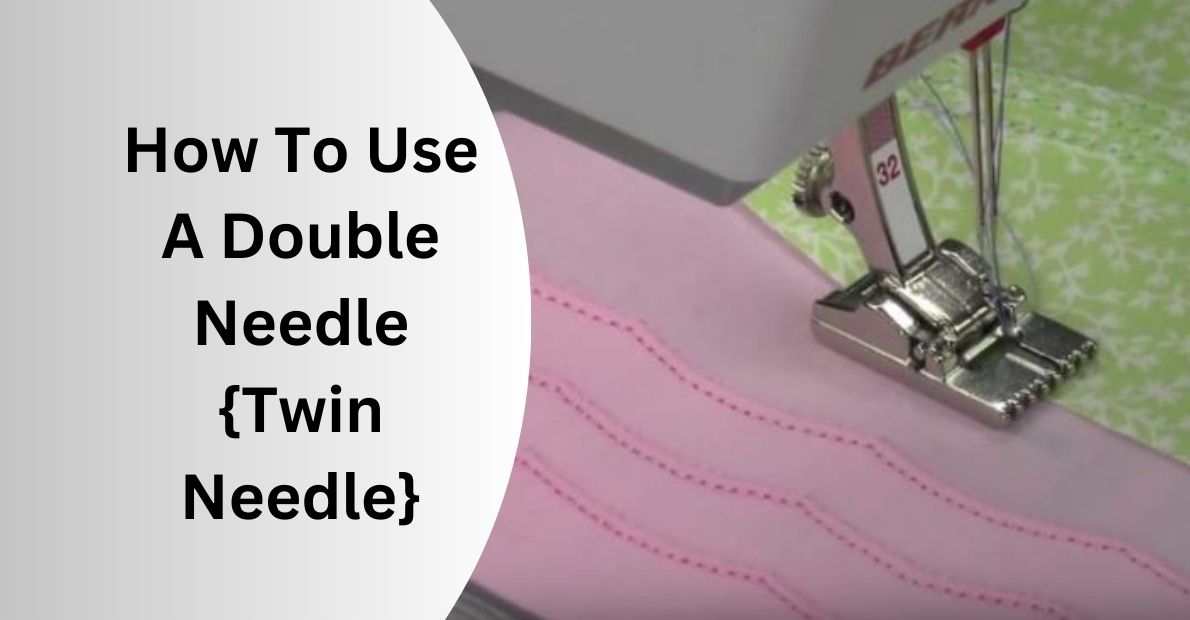

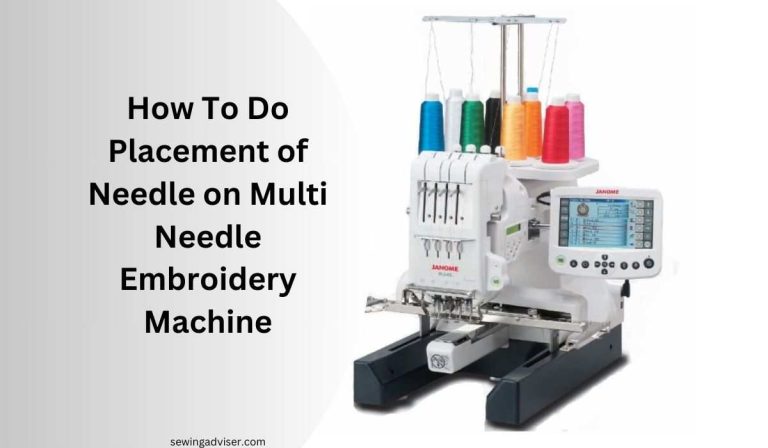
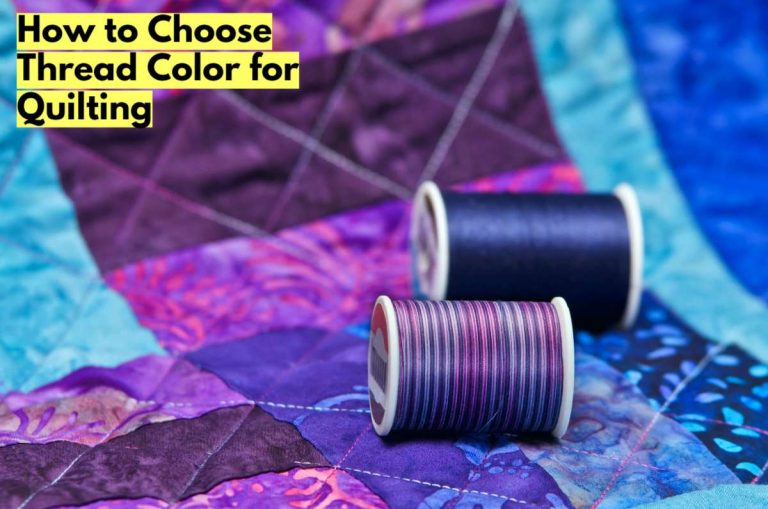
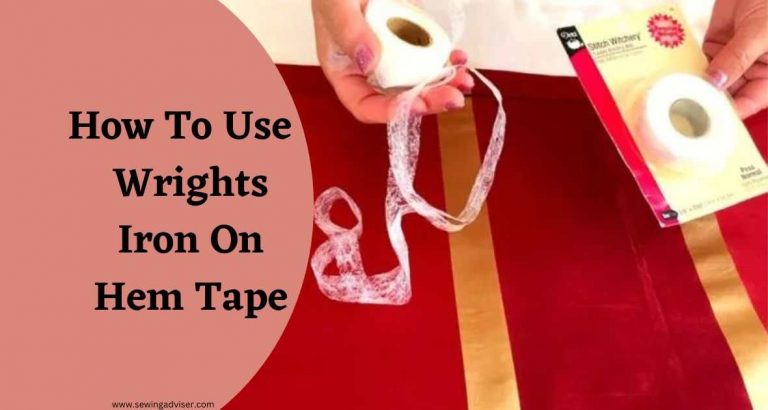
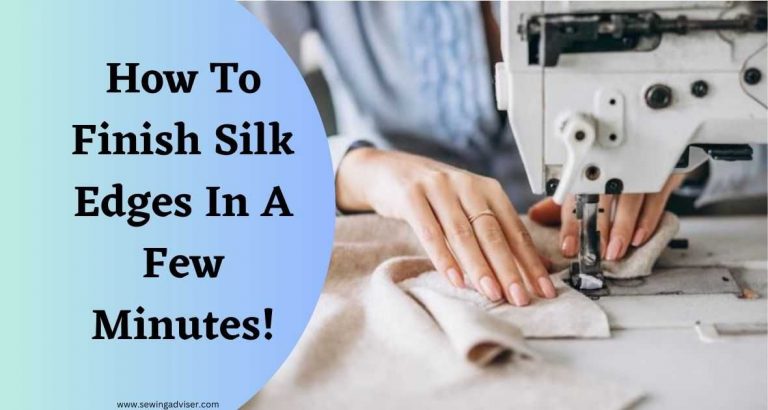
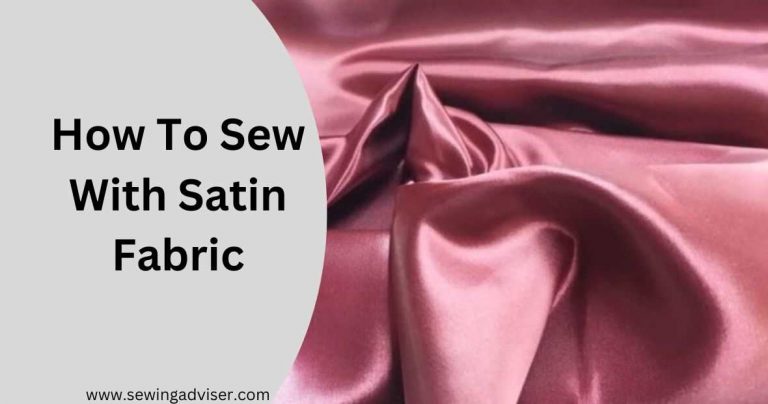
2 Comments